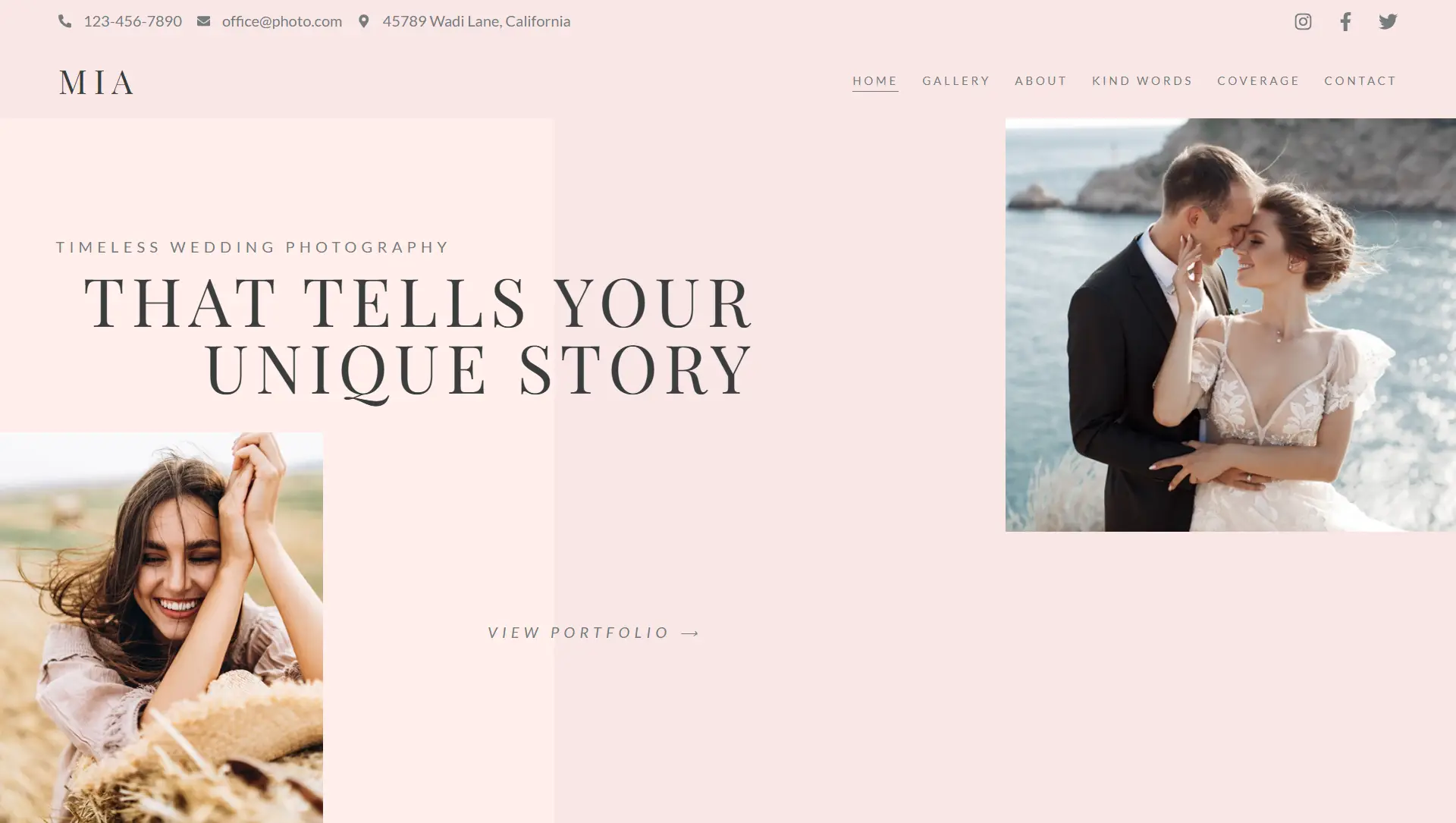🎯 Purpose
The Post Title widget dynamically displays the title of the current post, perfect for templates like blog posts or custom archive layouts without typing titles manually.
📥 Content & Configuration
Auto-Fetched Title
Displays the post’s title based on the page or post being viewed.HTML Tag Options
Choose a semantic tag (H1–H6, div, span, or paragraph) that best fits the template’s structure and SEO requirements.Link Options
Optionally make the title clickable:Linking to the post itself or a custom URL
Control link behavior (open in new tab, add attributes like
nofollow)
Prefix & Suffix (Optional)
Add custom text before or after the title, such as “Blog: ” or “– Overview”.Fallback Text
Set a default value in case the post lacks a title, ensuring graceful content fallback.Alignment
Control horizontal alignment: left, center, right, justified, or full-width based on the layout.
🎨 Style & Typography
Text Styling
Adjust font family, size, weight, letter spacing, transforms, decoration, text stroke, shadow, and blend mode.Color Settings
Set distinct text color schemes for normal and hover states, enhancing interactivity and brand consistency.
⚙️ Advanced Options
Spacing & Visibility
Control margin, padding, and responsive visibility across devices.Positioning & Layering
Use z-index and custom positioning methods to integrate the title within complex layouts.Interactive Effects
Add hover animations, entrance effects, or scroll-triggered motion to engage users visually.Custom Attributes
Add HTML anchors, custom classes, or link attributes for deeper customization or styling.
✅ Best Practices
Use appropriate HTML tags (e.g., H1 for main posts, H2+ for nested contexts) to maintain SEO structure.
Ensure prefix/suffix text is concise and complements the post title.
Keep colors and typography aligned with your site’s branding theme.
Test responsive behavior to ensure titles adapt well on all screen sizes.
If linking the title, ensure proper attribute usage and tab-open setting aligns with UX.
📌 Ideal Use Cases
Single Post Templates: Automatically display dynamic titles in blog posts.
Archive Page Layouts: Show titles for posts, pages, or custom post types.
Landing Pages: When building dynamic content pages with changing titles.
Theme Builder Templates: Use inside theme templates for consistent title rendering.
The Post Title widget offers dynamic control over post headings—combining semantic structure, styling flexibility, and advanced behavior in one elegant component.




